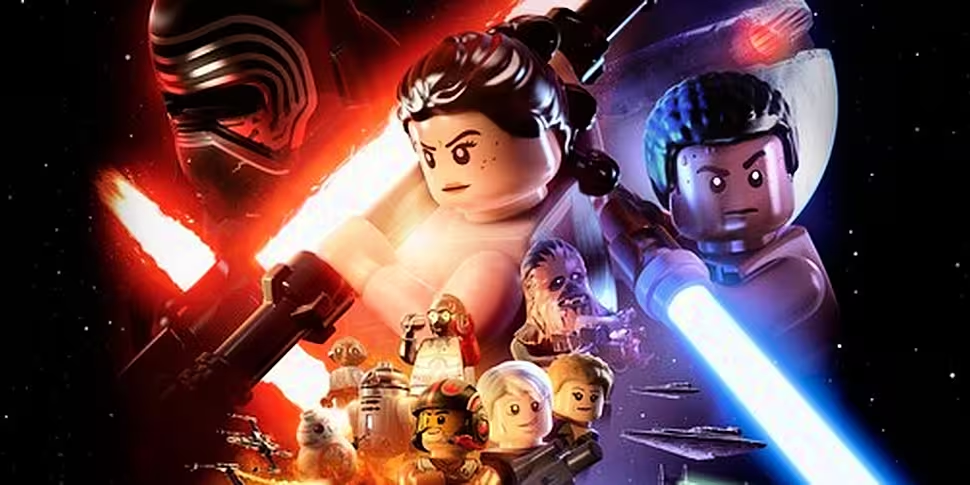Lego toys have become more and more aggressive and violent as the Danish toy giant relies on an “arms race” in order to keep children’s attention away from digital alternatives, researchers from New Zealand have claimed. The Canterbury University scientists say more weapons are being included in Lego’s sets and their movie tie-in theme kits feature more war-like battles than ever before.
“The Lego company’s products are not as innocent as they used to be,” lead researcher Christoph Bartneck said. “The violence in Lego products seems to have gone beyond just enriching game play.”
The study, published in the online journal PLoS One, the New Zealand team said their peer-reviewed work showed “exponential increases of violence over time.”
Known the world over for its classic building blocks play sets first developed in 1949, Lego introduced weapons initially in 1979, when a castle play set was issued that included swords, lances, and axes that could be held by the mini-figure characters.
In the almost four decades since, analysis found that weapon toys have become a regular feature of Lego’s designs, featuring in as many as 30% of all Lego kits. The figure could be higher, Barneck said, given that the study only accounted for single-brick weapons and not warships like those featured in the Star Wars franchise.
As well as the increased frequency of weapons, the researchers also pointed to the imagery used in the Lego catalogues between 1973 and 2015, which marked an increased use of violent scenarios. A separate study carried out in 2013 also discovered that the number of angry expressions printed on Lego’s iconic yellow mini-figure heads was increasing, while the level of happy faces was falling.

US actor Will Arnett will voice the lead in The Lego Batman Movie, a spin-off of the surprise 2014 box office and critical darling The Lego Movie [Lego]
“Currently, around 40% of all pages contain some type of violence – in particular, scenarios involving shooting and threatening behaviour have increased over the years,” the study reads.
“The atmosphere of the violent acts is predominantly perceived as exciting,” the researchers said, adding that Lego’s increased violence was simply part of the growing trend of action used in media targeted at children.
“To catch the attention of their customers, toy manufacturers are similarly locked in a metaphorical arms race for exciting new products,” the study said.
Lego first started to produce film franchise tie-in sets shortly after a disastrous financial year in 2003/2004, which nearly saw the privately owned company file for bankruptcy. The movie merchandise, along with its surprise hit computer games and its own film franchise, resulted in 11 years of growth in a row. Lego executives said the company posted profits of kr9.2bn (€1.2bn).
The toy giant estimates that more than 100m children in 140 countries now play with Lego.
Responding to the claims that Lego had entered an “arms race,” the company’s spokesman Troy Taylor said that Lego toys offer children a chance to engage with a range of experiences, including construction, fantasy, and conflict.
“As with other play types, conflict play is a natural part of a child’s development,” he said.









